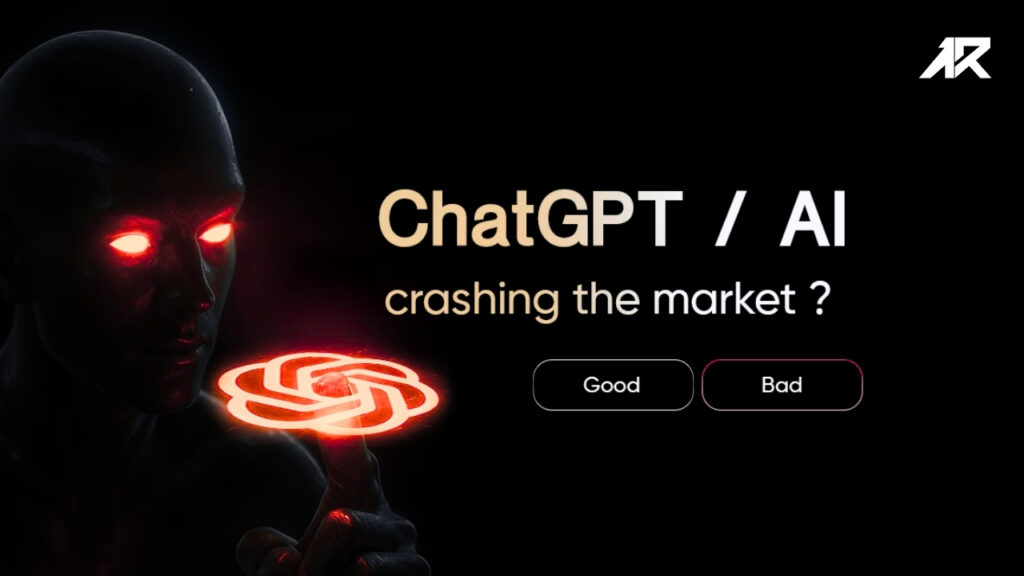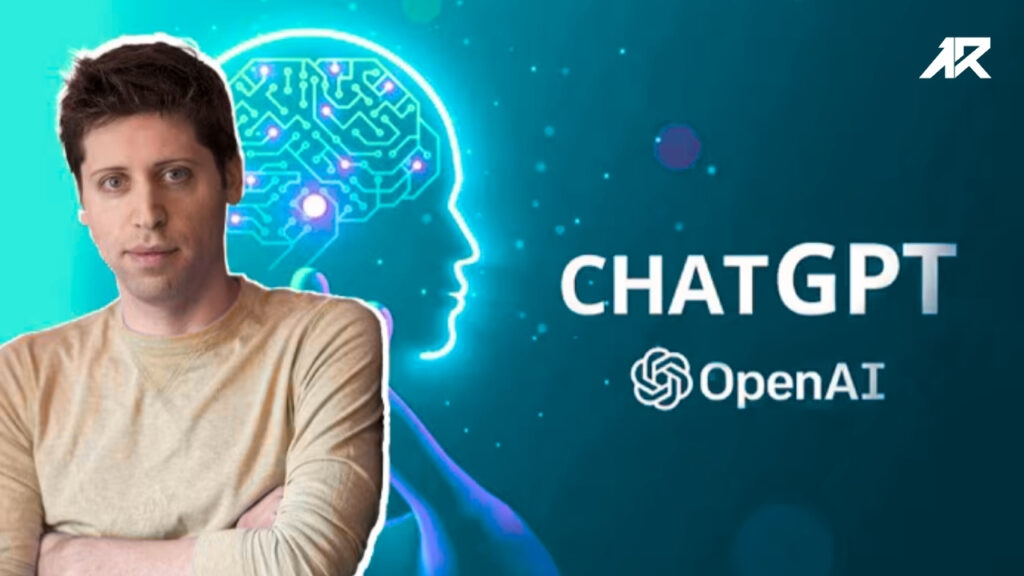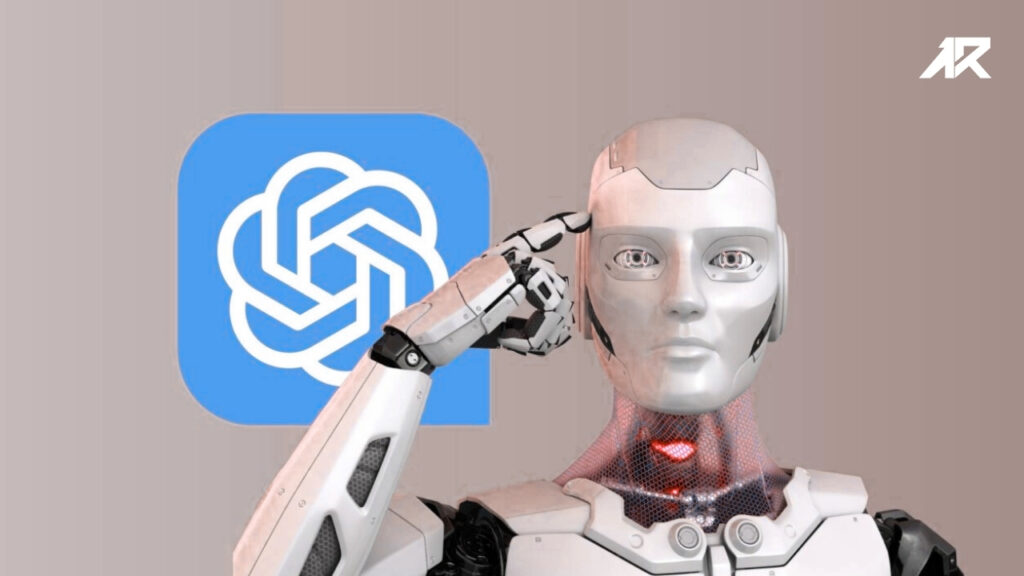Table of Contents
- Introduction
- What is ChatGPT?
- History: When and Why ChatGPT Was Developed
- How ChatGPT Works
- Core Technologies Behind ChatGPT
- Key Features
- Use Cases of ChatGPT
- Pros and Cons
- Real-World Applications
- Limitations and Ethical Challenges
- ChatGPT Compared to Other AI Models
- The Future of ChatGPT
- Final Thoughts
1. Introduction
Artificial intelligence has rapidly evolved over the last decade, reshaping the way humans interact with machines. One of the most significant breakthroughs in this evolution is ChatGPT—a large language model that brings human-like conversation to the digital realm. From writing content and solving coding issues to offering customer support and educational assistance, ChatGPT is powering a new era of productivity and intelligence.

2. What is ChatGPT?
ChatGPT is a generative AI chatbot built on the GPT (Generative Pre-trained Transformer) architecture. It’s designed to understand and produce human-like language in response to user input. ChatGPT can hold conversations, write essays, create poems, generate code, answer questions, and much more—all with context-aware intelligence and fluidity that closely mimics human reasoning.
It is an interactive AI model that processes prompts, understands intent, and generates coherent, meaningful, and creative responses across a wide range of topics.
3. History: When and Why ChatGPT Was Developed
The development of ChatGPT is rooted in the progression of transformer-based models that began with GPT-1 in 2018 and evolved through GPT-2, GPT-3, and later GPT-4, which is what powers the most advanced versions of ChatGPT today.
The idea was to create an AI that could:
- Understand and generate natural language.
- Assist in knowledge work, programming, and learning.
- Enhance accessibility to advanced AI for the public.
ChatGPT was officially launched as a public tool in November 2022, quickly gaining popularity due to its conversational ability, utility, and ease of use. Within weeks, it attracted millions of users, showcasing the demand for AI-powered assistance across industries.

4. How ChatGPT Works
ChatGPT works through a transformer neural network architecture. Here’s a simplified overview:
- Pre-training: The model is trained on a massive dataset comprising books, articles, code, internet text, and conversations to predict the next word in a sentence.
- Fine-tuning: It undergoes supervised fine-tuning with human feedback to refine its outputs and align its behavior with ethical and useful standards.
- Reinforcement Learning from Human Feedback (RLHF): ChatGPT uses RLHF to improve response quality based on real user interactions and evaluations.
When a user types a prompt, the model breaks it into tokens, processes them using its neural layers, and outputs a response that best fits the context and intent of the input.
5. Core Technologies Behind ChatGPT
| Technology | Function |
|---|---|
| Transformer Architecture | Enables handling long-range dependencies in language modeling. |
| Natural Language Processing (NLP) | Allows understanding of grammar, syntax, context, and semantics. |
| Deep Learning | Neural networks power the generation of human-like text. |
| Reinforcement Learning (RLHF) | Improves response accuracy and alignment using user feedback. |
| Prompt Engineering | Customizes AI behavior using structured input phrasing. |
6. Key Features
- Conversational Abilities: Can maintain context over multiple exchanges.
- Multilingual Support: Supports numerous languages for global accessibility.
- Creativity: Generates stories, poems, essays, and even jokes.
- Programming Help: Writes, explains, and debugs code.
- Memory (Advanced Versions): Can remember facts and preferences over sessions.
- API Integration: Available as an API for business and developer use.
7. Use Cases of ChatGPT
a. Content Creation
- Blogging, copywriting, creative storytelling, email writing.
b. Education and Learning
- Explaining academic concepts, helping with homework, tutoring.
c. Programming and Development
- Writing code, explaining logic, debugging, optimizing algorithms.
d. Customer Support
- AI-powered chatbots, automated ticket resolution, FAQs.
e. Data Analysis
- Summarizing datasets, explaining statistical models.
f. Marketing and SEO
- Writing ad copy, product descriptions, social media posts.
8. Pros and Cons
Pros:
- ✅ Highly Versatile – Can perform a wide range of language-based tasks.
- ✅ Fast and Scalable – Offers instant responses, works 24/7.
- ✅ Context-Aware – Retains input history for more relevant answers.
- ✅ Creative – Generates imaginative and unique content.
- ✅ Improves Productivity – Saves time in research, writing, and coding.
Cons:
- ❌ Factual Inaccuracy – May generate convincing but incorrect information.
- ❌ Bias and Fairness Issues – Can reflect or amplify social biases.
- ❌ Overconfidence – Sometimes presents incorrect data as truth.
- ❌ Dependence Risk – Users may rely too heavily on AI instead of learning.
9. Real-World Applications
1. Education
Teachers and students use ChatGPT for explanations, exam prep, and creating lesson plans.
2. Healthcare (Non-clinical Use)
Used for drafting reports, summarizing research, and administrative support.
3. Customer Service
Many businesses use ChatGPT-powered bots to reduce support workload and improve response time.
4. Software Engineering
Developers use ChatGPT as a co-pilot to speed up coding and find solutions.
5. Legal and Compliance
Drafting contracts, summarizing case law, and performing document analysis.
10. Limitations and Ethical Challenges
- Privacy Concerns: Sensitive input data must be handled responsibly.
- Misinformation: May unintentionally spread incorrect data.
- Job Displacement: May replace routine tasks in certain industries.
- Impersonation Risks: Can be used to generate misleading or malicious content.
To address these concerns, safety layers like content moderation, user reporting tools, and model alignment processes are continuously updated.
11. ChatGPT Compared to Other AI Models
| Feature | ChatGPT (GPT-4) | Claude | Gemini | DeepSeek | Grok |
|---|---|---|---|---|---|
| Conversation Quality | Excellent | Excellent | Good | Moderate | Good |
| Code Assistance | Advanced | Moderate | Good | Advanced | Basic |
| Creative Writing | Very High | Very High | Moderate | Moderate | Moderate |
| Multilingual | Strong | Moderate | High | High | Moderate |
| API & Developer Tools | Yes | Limited | Yes | Yes | Limited |
| Real-Time Data | Optional with plugins | No | Yes | No | Yes (X-based) |
12. The Future of ChatGPT
The future roadmap for ChatGPT includes:
- More Accurate Responses: Reducing hallucinations and errors.
- Memory Expansion: Allowing long-term memory for users (already in beta).
- Custom GPTs: Letting users build their own personalized assistants.
- Multimodal Capabilities: Text, voice, image, and video understanding.
- Offline Access: Exploring ways to run lightweight models locally.
- Enterprise Integration: Full-scale adoption into corporate workflows.
With continuous improvement, ChatGPT is evolving beyond a chatbot into an intelligent assistant capable of enhancing nearly every domain of work and communication.

13. Final Thoughts
ChatGPT is not just a tool; it is a transformative technology that reshapes how humans interact with machines. Its ability to converse, solve problems, and even simulate reasoning makes it an essential component in the modern digital toolkit. Whether you’re a student, programmer, marketer, or researcher, ChatGPT offers something powerful and accessible.
However, like all technologies, it must be used with critical thinking, ethical responsibility, and creative intent. As it matures, ChatGPT is poised to play an even more significant role in personal productivity, business innovation, education, and digital transformation.


